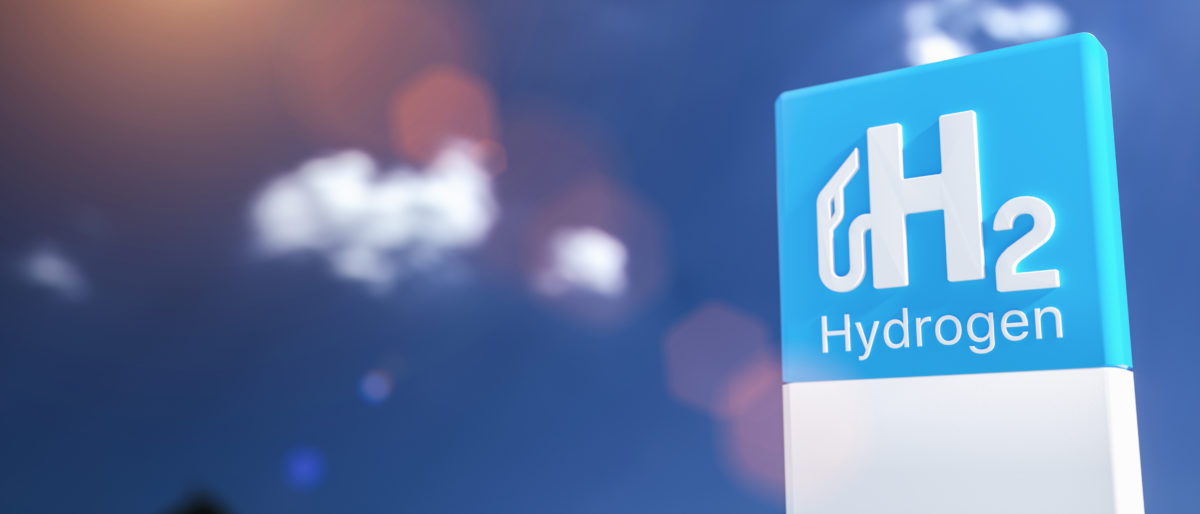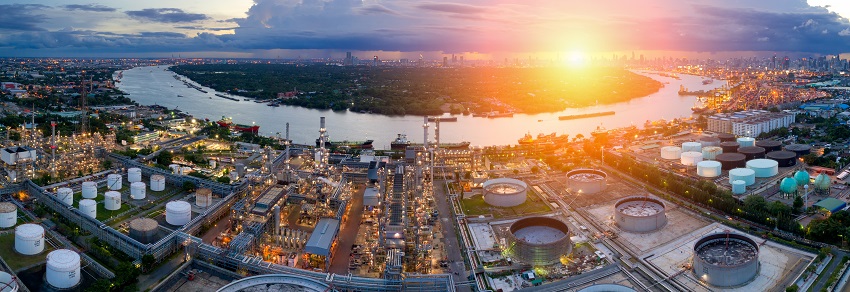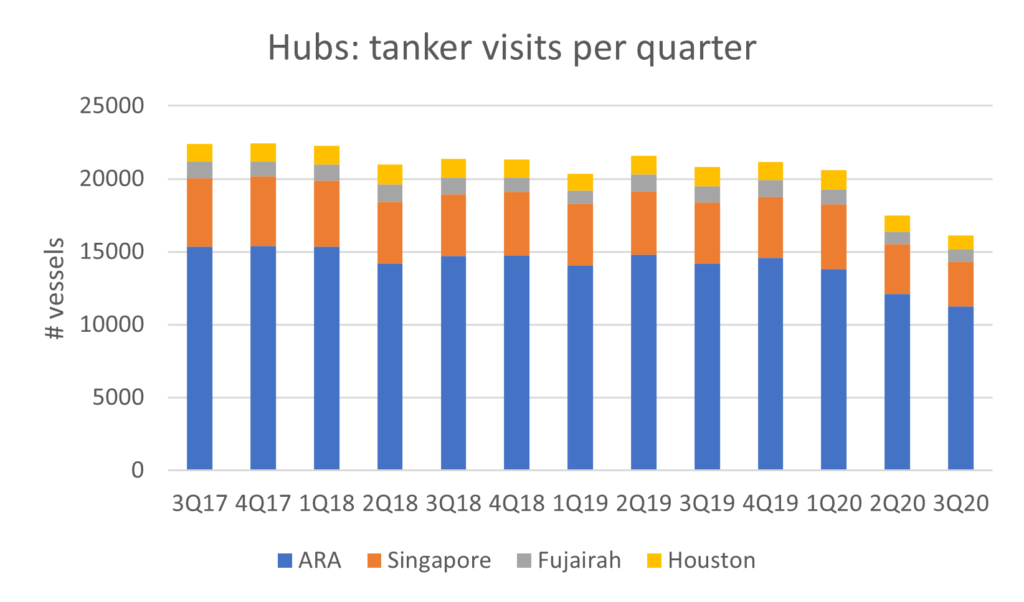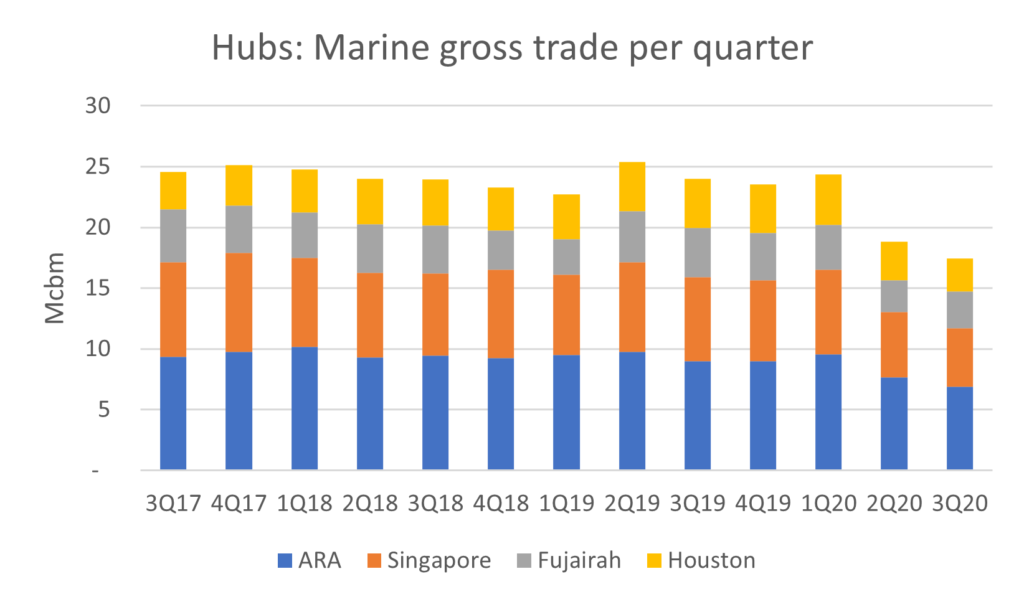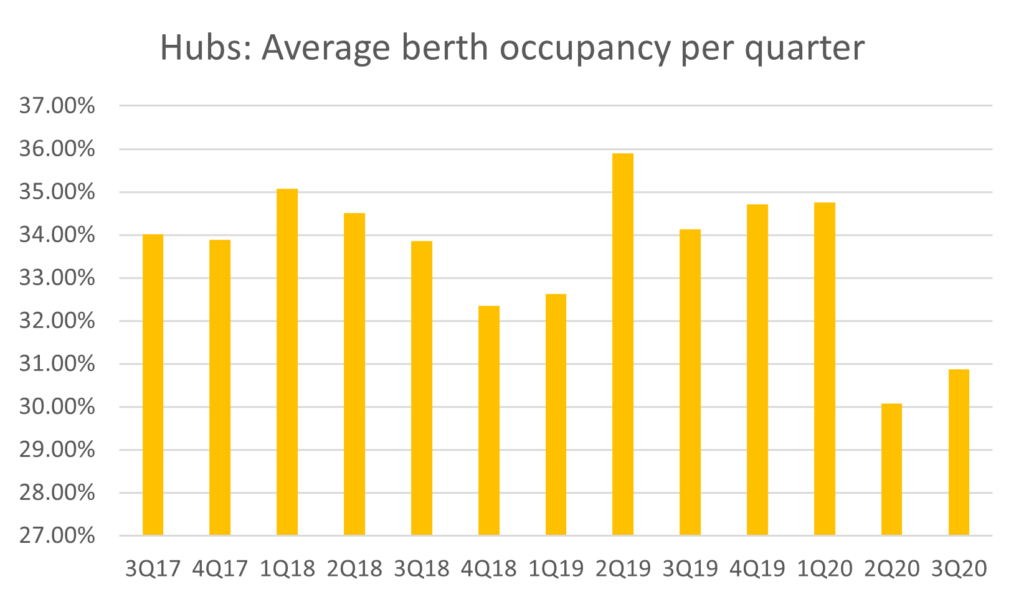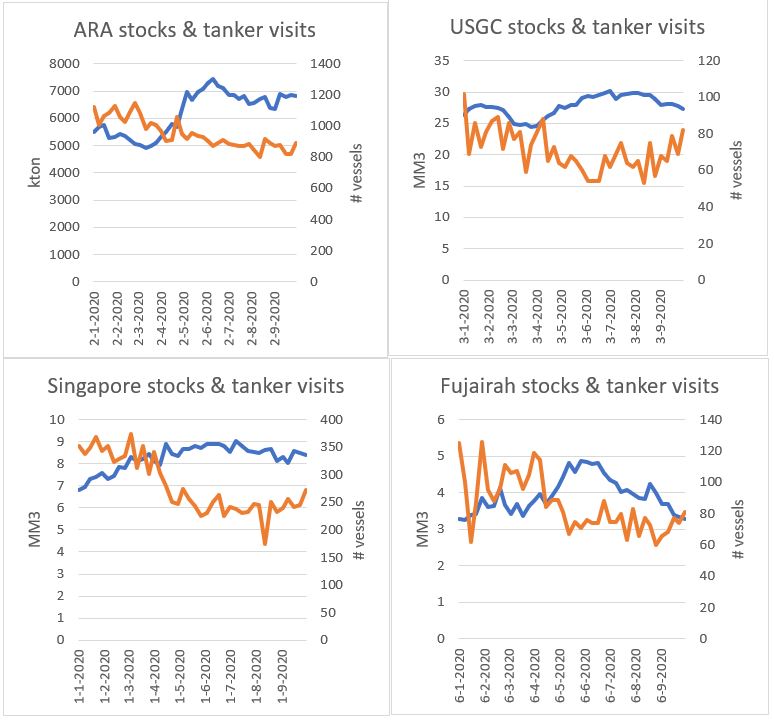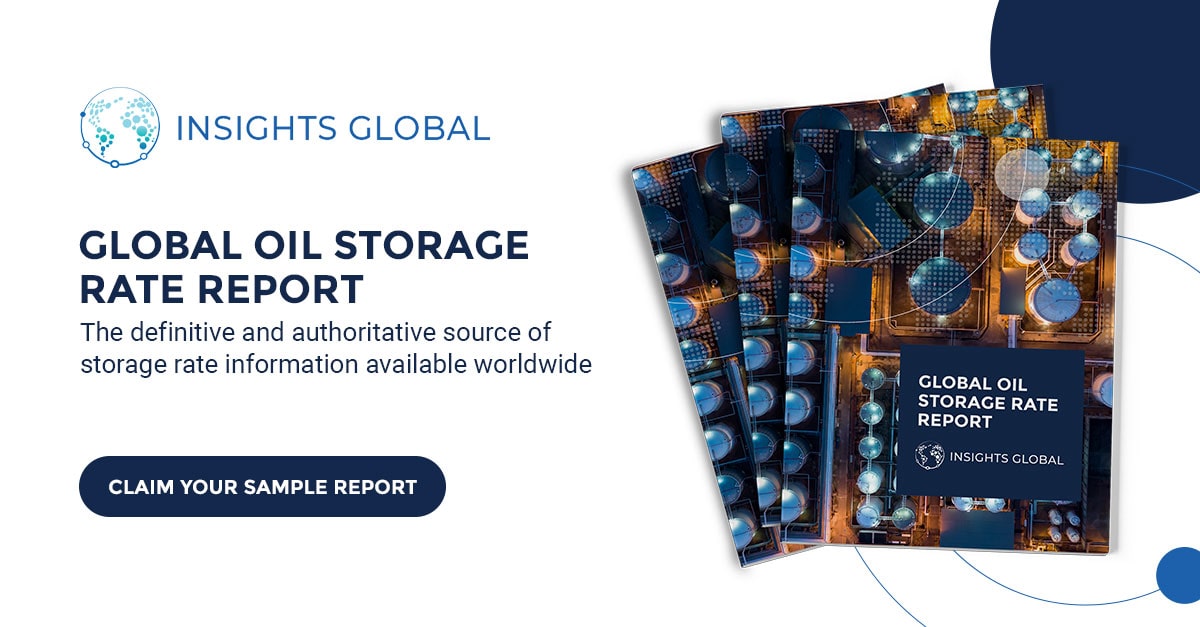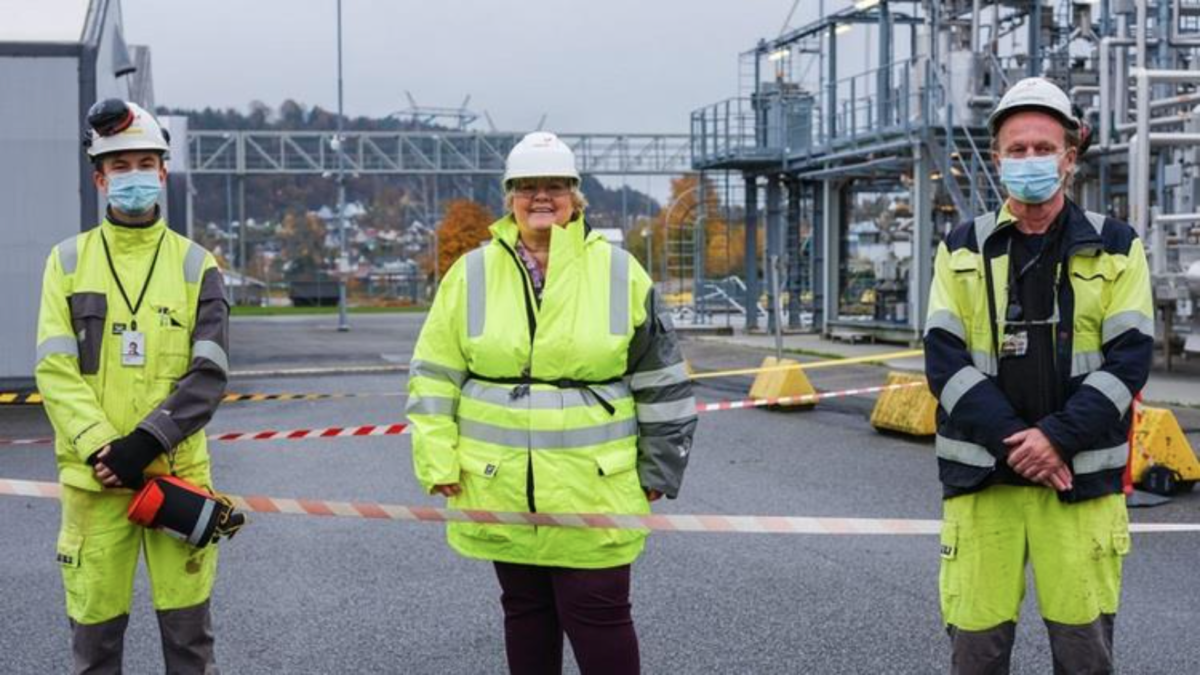As governments worldwide are looking for ways to reduce their carbon footprint, hydrogen is often considered as an indispensable element in the energy transition. The importance of fossil fuels as the primary energy source for the global economy is expected to dwindle in the coming decades. Is hydrogen the perfect candidate to take their place?
As governments worldwide are looking for ways to reduce their carbon footprint, hydrogen is often considered an indispensable element in the energy transition. The importance of fossil fuels as the primary energy source for the global economy is expected to dwindle in the coming decades. Is hydrogen the perfect candidate to become the liquid bulk of the future?
As renewable energy is getting cheaper to produce thanks to advances in solar panel and wind turbine development, the ‘missing links’ in the transition to renewables are energy distribution and storage. While solar and wind can, in theory, easily meet all our energy needs, it’s not always sunny or windy outside – without a suitable energy carrier, matching supply and demand is practically impossible.
Hype or hope?
On paper, hydrogen is very well suited as an energy carrier. It’s not only the most abundant element in our universe but is also easy to combust, can be electrolyzed from water, and does not produce any harmful waste when combusted. Furthermore, compared to batteries, the energy density (MJ/kg) of hydrogen is much higher, meaning it can produce more power with less weight.
It’s therefore hardly surprising that many industries see hydrogen as an important growth market for the future. Mostly oil and chemical companies, which have a lot of the required infrastructure for distributing and converting gas and liquids already in place, consider hydrogen as an integral part of their future.
Does that mean hydrogen is the growth market of the future, replacing fossil fuels like diesel, gasoline, and kerosene? Well, it depends.
Over the past few decades, hydrogen-powered electric propulsion promised to be the perfect replacement for fossil fuel combustion engines in cars and trucks. Since both the car industry and fuel industry had ample experience with gas and liquid fuels, switching from petrol and diesel to hydrogen seemed relatively straightforward. However, over the past few years, considerable developments in lithium battery technology have upended this belief drastically.
If we look at the so-called ‘well-to-wheel’ efficiency, the difference between hydrogen-powered and battery-powered vehicles is quite dramatic. While ‘tank-to-wheel’ efficiency tells you how efficiently an engine turns fuel into movement (the traditional ‘miles per gallon’ metric), ‘well-to-wheel’ efficiency adds the energy it took to get that fuel to the gas tank or battery. Whereas the ‘well-to-wheel’ efficiency of hydrogen-powered is significantly better than the ‘well-to-wheel’ efficiency of a petrol fuel car (22% vs. 13%), battery-powered vehicles on average have a ‘well-to-wheel’ efficiency of 73%.
The main reason for this difference in efficiency is the required extra steps to convert electricity into forward motion. Hydrogen first needs to be produced through electrolysis at a production plant, only to be converted back into electricity in the car to power the electric motor.
Storing and distributing hydrogen also comes with a set of challenges. Storage of hydrogen as a gas typically requires high-pressure tanks (350–700 bar or 5,000–10,000 psi tank pressure). Hydrogen can also be stored as a liquid, but considering the boiling point of hydrogen at one-atmosphere pressure is −252.8°C, this requires cryogenic temperatures. In short, this means that both storing hydrogen as a gas or a liquid requires large amounts of energy, as the hydrogen needs to be pressurized or cooled, respectively.
A promise unfulfilled?
Does this mean hydrogen has no place in our ongoing energy transition? No, not at all. While hydrogen might not be as suited as fuel for cars as it once was thought, it still has a lot of potential as an energy carrier in industrial applications.
Over the past years, the proportion of renewable energies has proliferated. Wind power and solar energy have seen the most significant increase. However, because the wind doesn’t always blow, and the sun doesn’t always shine, the availability of these so-called variable renewable energies (VREs) fluctuates over time. Simultaneously, because of how power grids work, supplying electricity requires a constant balancing of supply and demand.
As the proportion of renewable energies keeps growing, additional measures are necessary to integrate fluctuating renewable energy supplies. Because of its relatively straightforward production and abundance, hydrogen is very suitable to store energy production peaks from solar and wind, thus balancing energy supply and demand.
Bulk storage
Balancing the energy production of variable renewable energies will require large amounts of hydrogen storage capacity. Can we leverage our current liquid bulk storage capacity for this herculean task? The most important hydrogen storage methods are physical storage methods based on either compression or cooling or a combination of the two (hybrid storage). As mentioned before, hydrogen is typically stored in high-pressure tanks. Higher storage density comes at a price, however. The higher the storage density, the greater the amount of energy needed for cooling and compression, and the more complex the design of tank systems and infrastructure. Because of the extreme high pressures, converting current liquid bulk storage assets will most likely not be feasible.
In addition to physical storage methods, a large number of other new, material-based hydrogen storage technologies are being developed. These materials-based storage technologies can include solids, liquids, or surfaces. While most of these techniques are still in their infancy, materials-based storage technologies promise to solve many of our current issues with hydrogen storage. For tank terminals, liquid organic hydrogen carriers (LOHCs) represent an especially interesting option. By binding hydrogen chemically in organic compounds like, for instance, methanol and ammonia, these liquids act as a chemical battery for storing hydrogen molecules.
Stay up-to-date on hydrogen storage as a growth market
As liquid bulk terminals are specifically designed for handling such liquid organic compounds, the tank terminal industry will keep a keen eye on these storage technologies.
The developments in the ongoing energy transition and its impact on the fuel market make it crystal clear that hydrogen should be on the radar for every tank terminal operator. During our regular Market Update webinars, we offer our expert outlook on short-term supply, demand, and trade flows and look ahead to future developments and new technologies.


